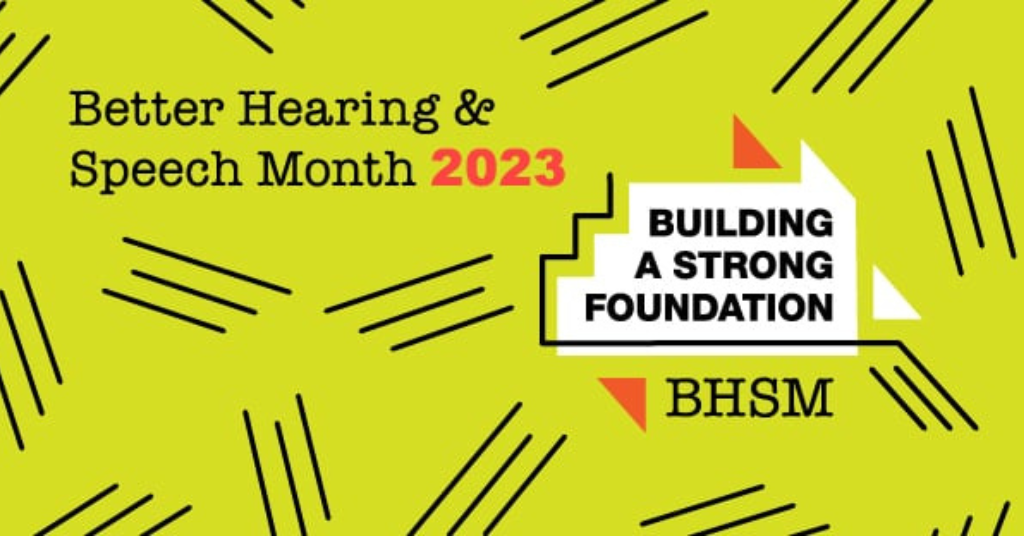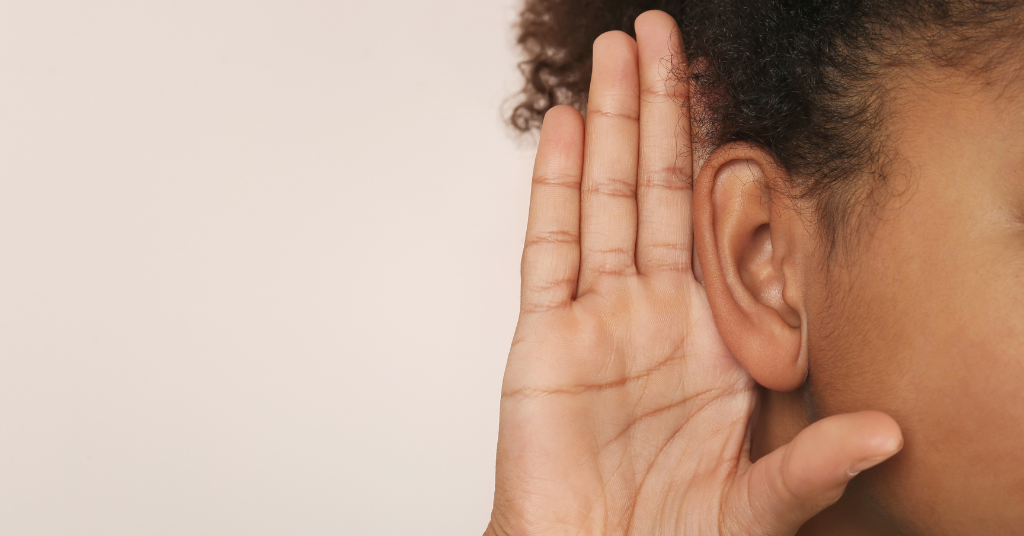
What having a deaf baby has taught me
March 13, 2020
Running to cope with hearing loss
March 16, 2020What an audiogram says about your hearing loss

An audiogram provides a visual picture of how your individual hearing loss impacts access to sound, and can serve as an important tool in developing your hearing loss strategy.
A hearing care professional, typically an audiologist, will determine your degree of hearing loss by asking you to listen to a series of sounds during an audiometric hearing test. The results of that test will then be charted on a graph, called an audiogram, that shows which sounds you can hear well, and which ones you can’t. The horizontal axis on the audiogram indicates sound frequency or the pitch, and the vertical axis indicates loudness.
The different volumes and frequencies of speech on the audiogram form a banana-shaped pattern, known as the “speech banana.” Typically, if your hearing is in the normal range, you will easily have access to all of those speech sounds. People with good hearing usually have results well above the banana portion of the graph. Conversely, if results fall within or underneath the banana, the person may have trouble hearing and understanding speech.
Understanding an Audiogram
Normal hearing (-10 to 25 db HL)
Generally, people with normal hearing can hear all of the ranges shown on the chart.
Mild hearing loss (26 to 40 db HL)
People with mild hearing loss usually cannot hear soft noises. Understand speech in loud places or someone who is mumbling may be challenging with a mild hearing loss.
moderate/moderate-severe hearing loss (41 to 70 db HL)
A person with moderate or moderate-severe hearing loss may find soft or moderately loud sounds or speech difficult to impossible to hear. This means that they usually have trouble communicating with someone with background noise or distance from the speaker.
Severe hearing loss (71 to 90 db HL)
Those with severe hearing loss generally cannot make out anything that’s softer than 70 decibels. This makes any type of conversation nearly impossible without the use of some form of amplification or sign language.
Profound hearing loss (+91 db HL)
Having profound hearing loss means that only very loud sounds can be heard. This makes communication extremely difficult and may require a variety of communication methods, including hearing loss, lip-reading, and sign language.
Read more: Hearing Loss
Understanding Your Audiogram
Here are some quick tidbits that may help you decipher your personalized audiogram results:
- Results for each ear will be included, usually an “X” for your left ear, and an “O” for your right. A line connects the X or O’s across the audiogram.
- Sounds located above the plotted line on the chart are not heard at all, while sounds that occur below are heard.
- Results plotted on the audiogram will give you an idea of the sounds and frequencies that you are not hearing.
 Read more: Hearing Test
Read more: Hearing Test



